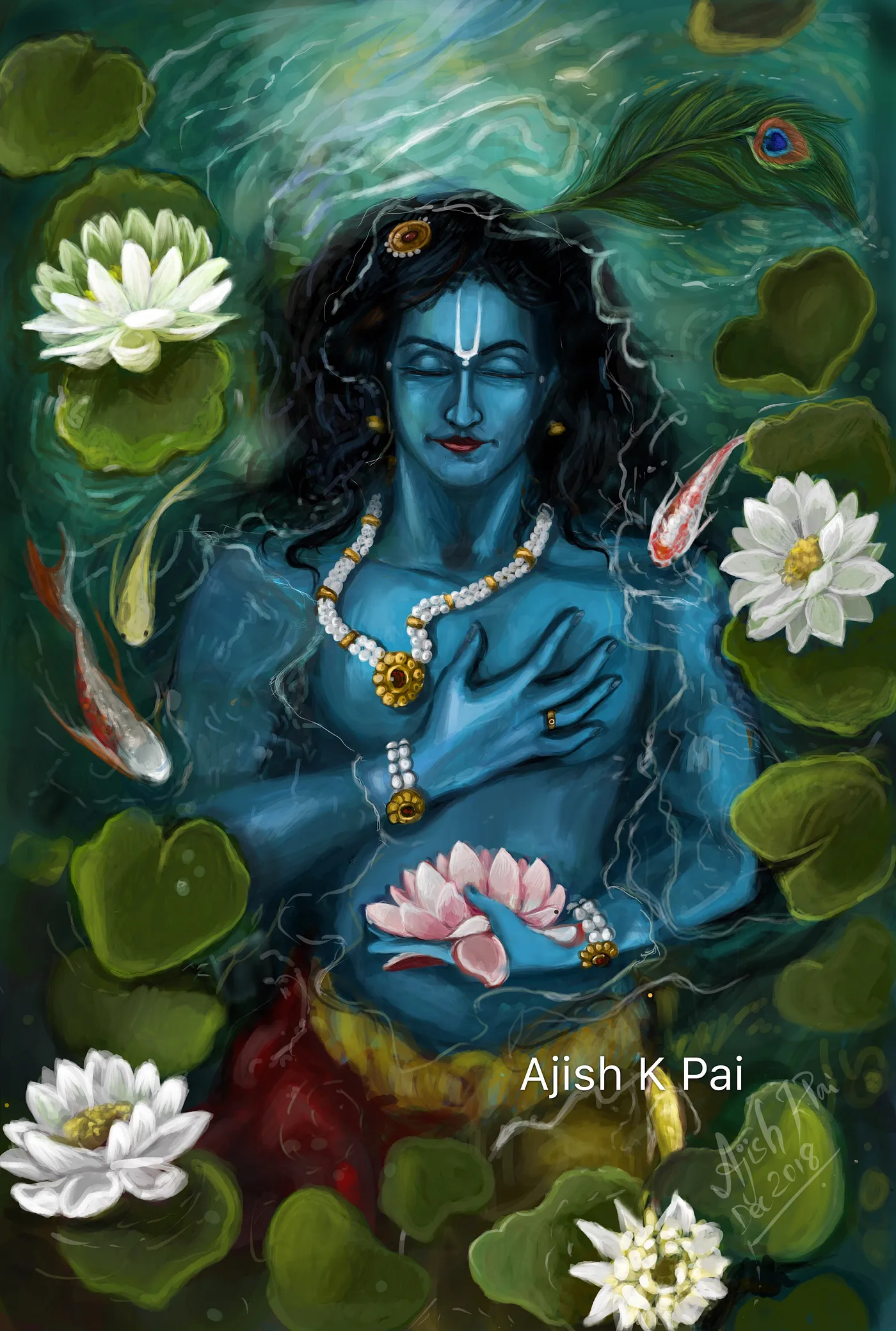Continued from Part 2 of this series.
As I mentioned in the first part of this series, I have divided the explanation of Sri Vidya into nine steps. This post begins with step one of this mantra system.
Sri Vidya Step 1: Revering Ganesha
Everything in Sanatana Dharma begins with Ganesha, and the same is true for Sri Vidya.
He is known as Vigneshvara, or the remover of obstacles in our endeavors. Because he always appears first in our spiritual journey, his form is associated with Pranava, another term for Om.
In Veda / Purana
Ganesha, the son of Rudra Shiva and Parvati Devi, is also known as Ganapati. Gana refers to troops or a group of people, and Pati means leader. He is so named because he walks ahead of Shiva and Parvati’s followers, leading them to liberation.
One of my earlier posts mentioned a Vedic invocation for Ganesha. Out of boundless compassion, Rudra Shiva opened up the Vedic mantras to the world at Parvati’s request. That means anyone can chant these without fear of harm or consequences.
The Sapta Matrikas
In the Veda and Purana, Ganapati is a divine person who walked this planet. However, Ganapati is a concept in Tantra. He has seven forms, each associated with one of the Sapta Matrikas.
The Sapta Matrikas, or Seven Motherly Energies, test our spiritual progress. They create situations that reveal our anger, jealousy, ego, etc. They also cause roadblocks in Sadhana to see if we are still stuck in the world or genuinely interested in the Divine Mother.
In short, the Sapta Matrikas are our strict examiners who assess our devotion. Hence, they are called Vignesi, the creator of obstacles. Yet, their troubles help us evolve, so they are considered our guardian energies.
The seven energies are listed differently in various texts. The widely accepted list:
- Brāhmī: Energy of Brahma
- Māheśvarī: Energy of Shiva
- Kaumārī: Energy of Skanda
- Vaiṣṇavī: Energy of Vishnu
- Vārāhī or Nārasiṃhī: Energy of Vishnu’s Avatars
- Māhendrī: Energy of Indra
- Cāmuṇḍa: Divine Mother’s Form
Mahā Lakṣmī, a primary form of Divine Mother, can test our spirituality by leading us towards materialism. Adding this into the equation, this list sometimes becomes Ashta or Eight Matrikas. Some traditions expand the list to Nava or Nine Matrikas by including Caṇḍī, a twin form of Cāmuṇḍa.
In Tantra
In Tantra, when the Sapta Matrikas roast us, we are encouraged to invoke Ganesha in seven different forms. They are Maha Ganapati, Urdhva Ganapati, Pingala Ganapati, Ucchista Ganapati, Lakshmi Ganapati, Haridra Ganapati, and Vallabha Ganapati.
For this reason, all aspirants of my path start with Ganesha Tantra Sadhana. I firmly believe Ganesha will guide them back on track if they stray from their spiritual evolution.
Beyond this, there are also thirty-two forms of Ganapati, which dive deeper into Ganesha Tantra. They are beyond the scope of this series.
In Sri Vidya
Later in this series, I will discuss the Kundalini Sadhana, an essential aspect of Sri Vidya. This Sadhana always starts with Ganesha, who governs the Muladhara or Root Chakra.
Without going into detail, Ganesha helps us clear our minds about troubles from childhood: parents, siblings, teachers, etc. Without his grace, our family’s happiness and domestic peace would be non-existent.
Sri Ganeshaya Namaha. 🙏🏼
Sri Gurubhoya Namaha. Sri Matre Namaha.
Love,
Sri Devi Om



